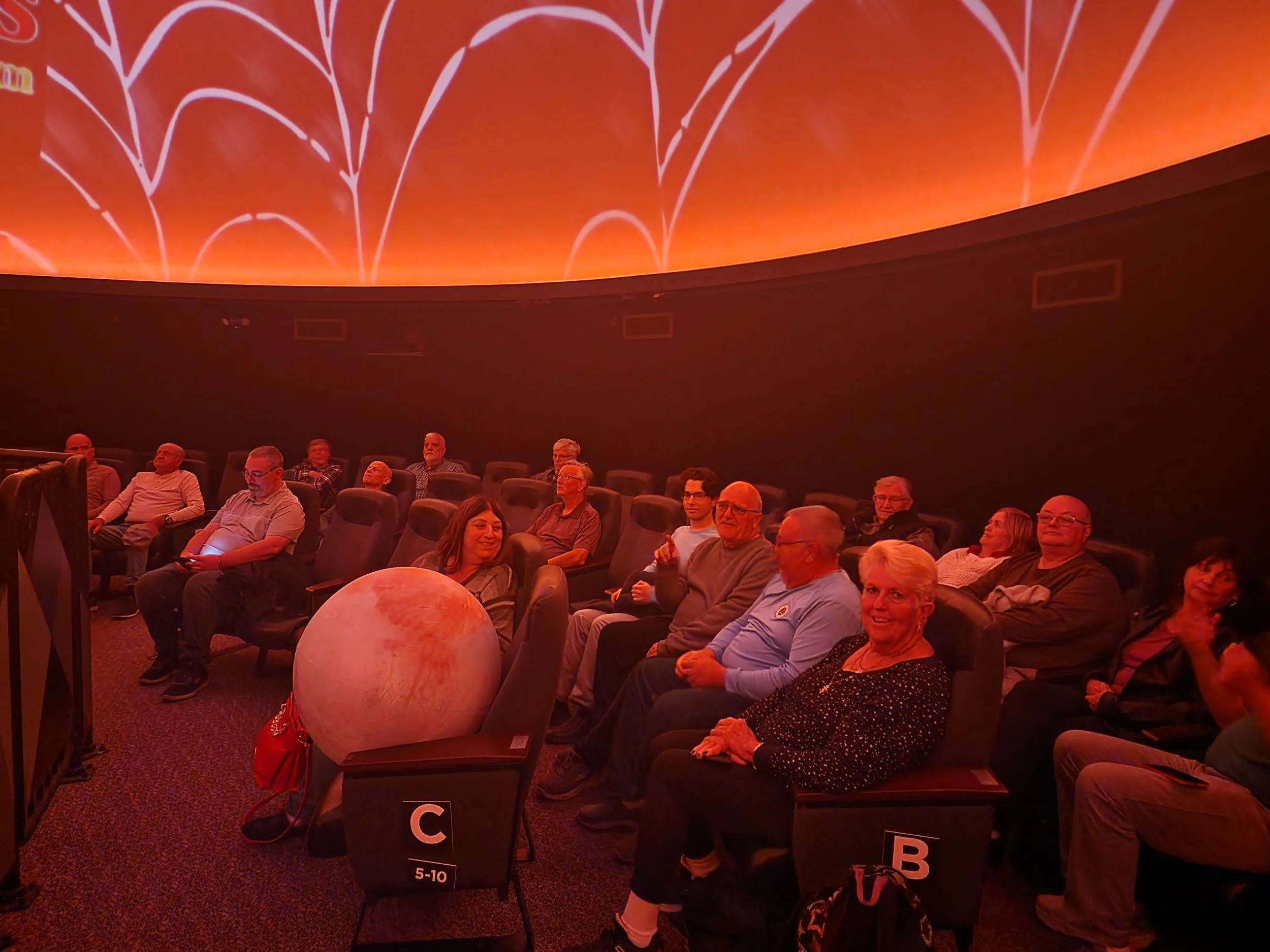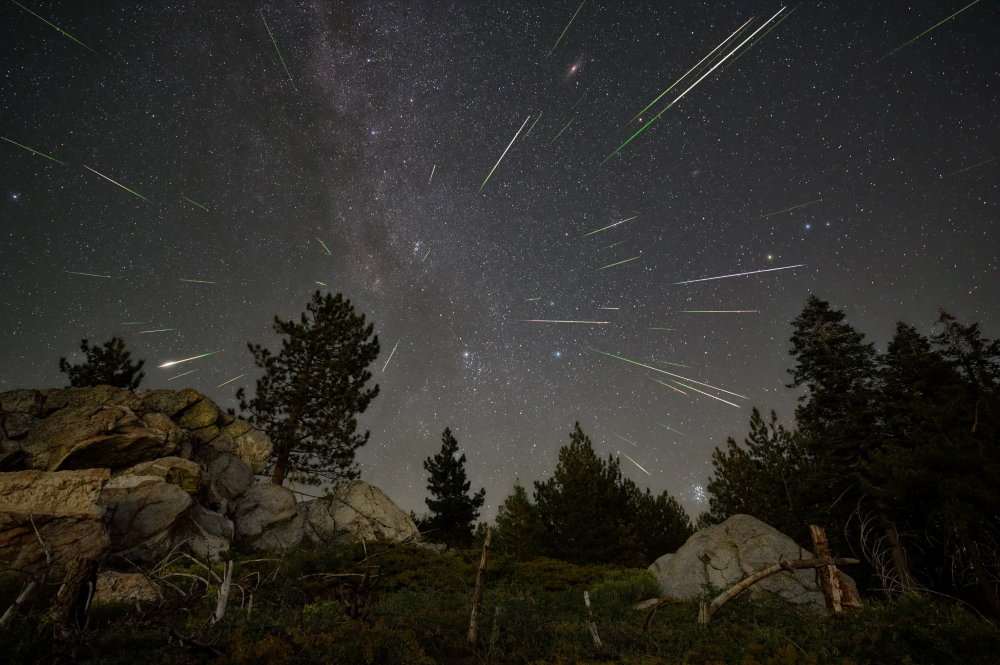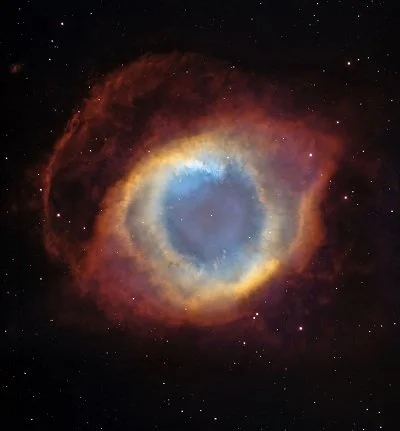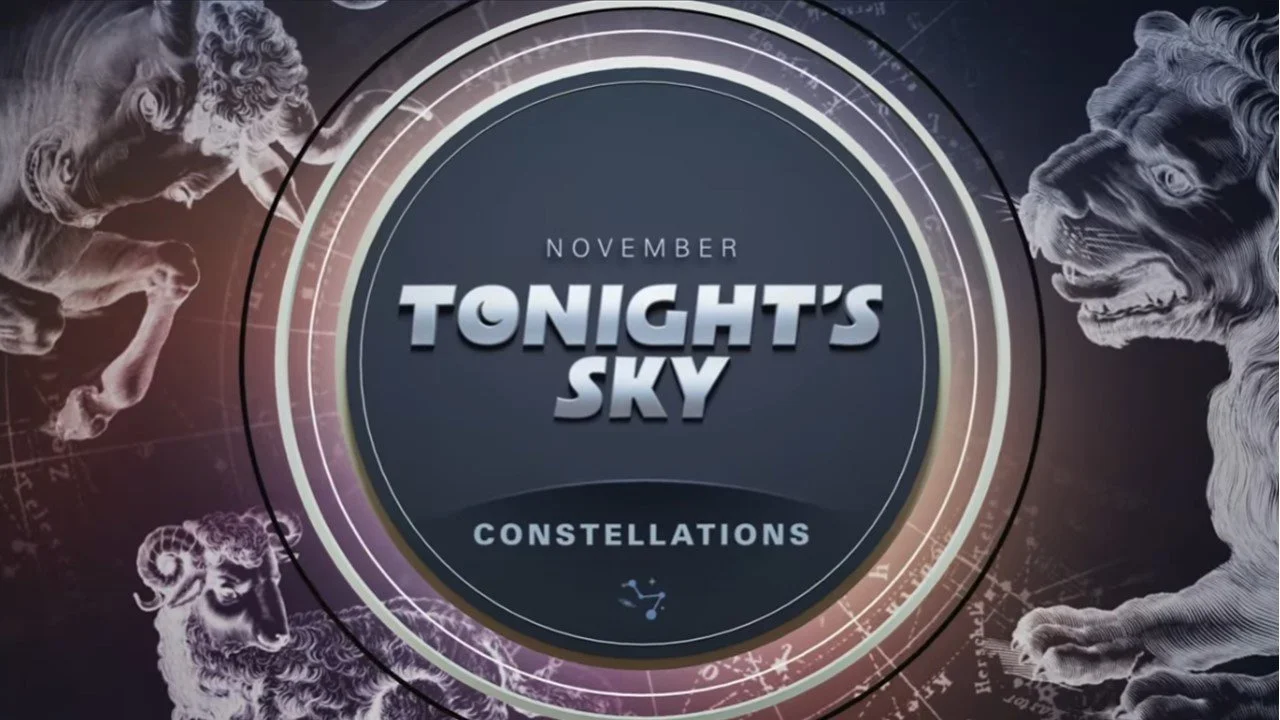Astral Projections Online November 2024
Check our Website for updated content at www.astra-nj.com
Club Presentations Wanted:
Does anyone have any astronomy items of interest to share with the membership?
Please let us know at Club Contacts.
Club dues and membership. If you renew after March 31 you will be renewed as a new member.
ASTRAL PROJECTIONS ONLINE (APO for short) is an email-linked publication for members only. If you exit APO to the club website or other resources you will need to use the emailed link again to get back to it. If you wish to retain a copy please bookmark or refer back to the email. We will make all efforts to post by the first week of the month.
Submissions Welcome: Members are invited to submit articles, photos, news, or stories for inclusion with Astral Projections Online. Please contact the ASTRA Webmaster.
Event Calendar
EVENT Cancellations: Members will receive email notifications of an event cancellation.
Upcoming November ASTRA Meeting
ASTRA's next meeting will be Friday, November 8, 2024, at 7 PM EST. Rosemarie Spedaliere will be providing the presentation for our November meeting.
Upcoming Star Parties
Jakes Branch - November 9 - 6 PM to 8 PM
Upcoming Public, County & State Park Presentations 2024
Public Outreach Presentations, if any member wishes to support ASTRA outreach efforts with the public, please let Vinny, Ro, or Jim know of any interest. Additional help for these events is always appreciated.
County and State Park presentations require a registration fee, call the hosting park to reserve.
November 8 - Cape May Dark Skies at Cape May Convention Center - Starting at 5 PM
This may become a yearly event with several groups participating so far.
DarkSky New Jersey / SciStarter / South Jersey Astronomy and more attending.
November 14 - Cattus Island County Park - Buying Your First Telescope - 6 PM to 8 PM
Website Updates …
Please visit our club website. We continue to have additional updates, if some content would be useful to members please let us know.
“For my confirmation, I didn't get a watch and my first pair of long pants, like most Lutheran boys. I got a telescope. My mother thought it would make the best gift.”
Wernher von Braun, Rocket Engineer
ASTRA Meeting - November 8 at 7 PM
For our November meeting, Rosemarie Spedaliere will present The Anatomy of a Comet. We will meet at 7 PM in the planetarium meeting room.
Membership renewal time and Elections
December is the time to start renewing your ASTRA membership for 2024.
Forms can be found on the website or here.
ASTRA Elections
It’s that time of year to start thinking about the ASTRA Board elections. Please let the current board members know if anyone is interested in running for any of the three spots, president, vice-president, or treasurer. Elections are at the December meeting, unless there are no takers, then the current board will remain in place.
President - Jim Webster
Vice-President - Vinny Illuzzi
Treasurer - Rosemarie Spedaliere
Call for Photos
We are looking for any star parties, events, or astro images for 2024. We’ll present them at our December meeting.
Event Reports
October Star Party
Jakes Branch October 5. We had a good public turnout with a projected headcount of 75.
From the event report to NSN. A wonderful night under the stars. Families brought their aspiring astronomers to gaze at the wonders of the universe and discuss light pollution and it's effects.
Images below are provided by Rosemarie Spedaliere.






Images below are provided by Phil Zollner.
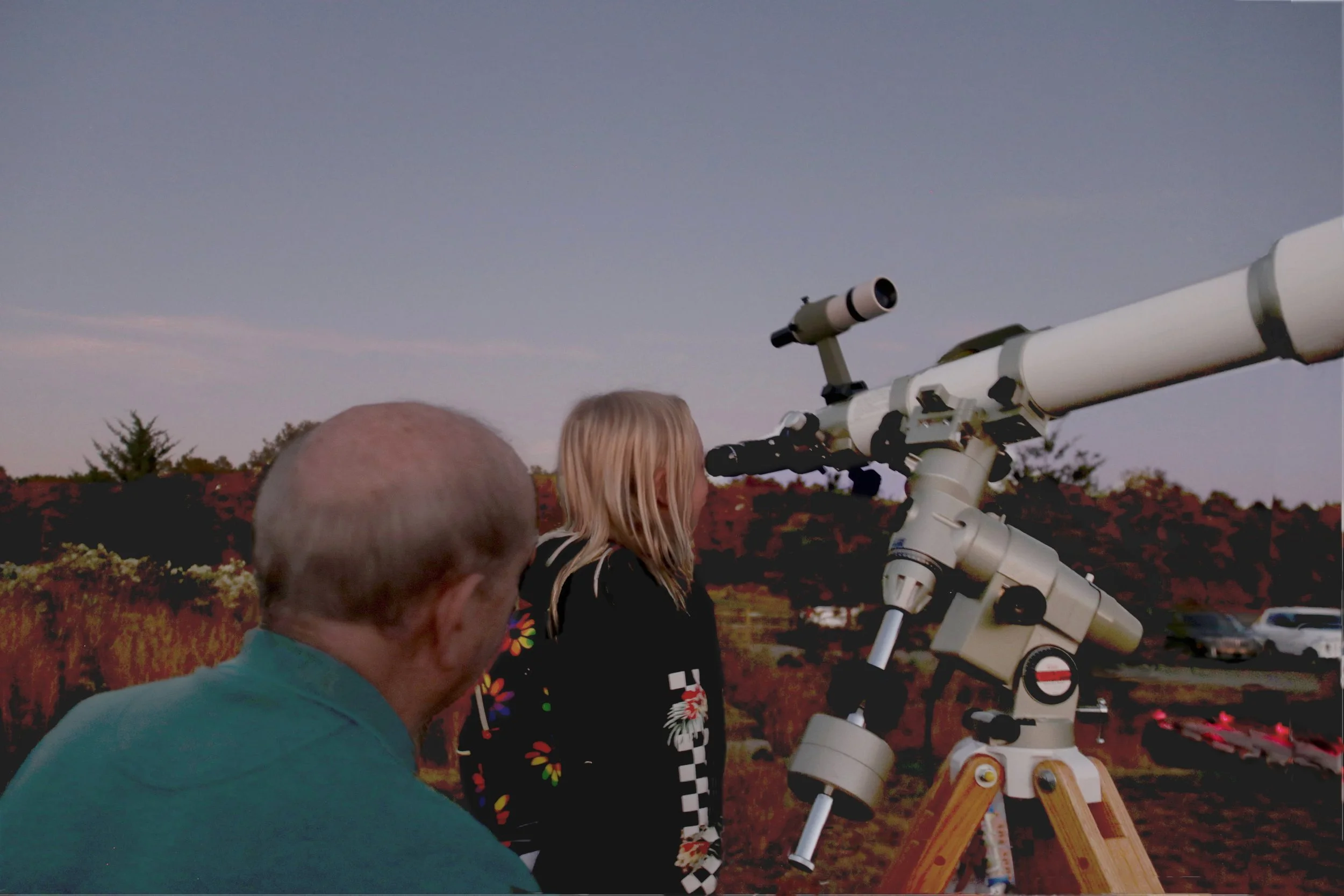
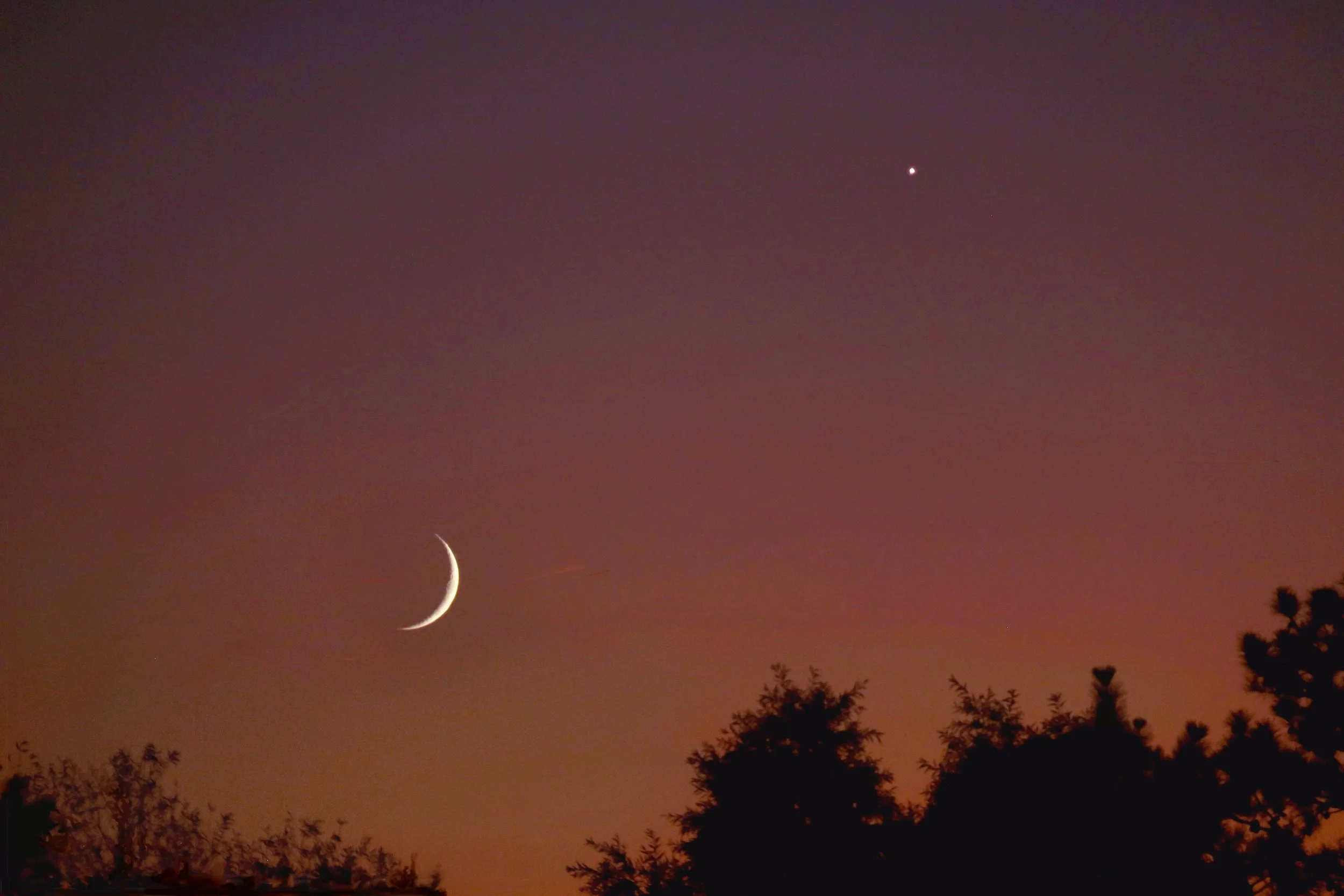
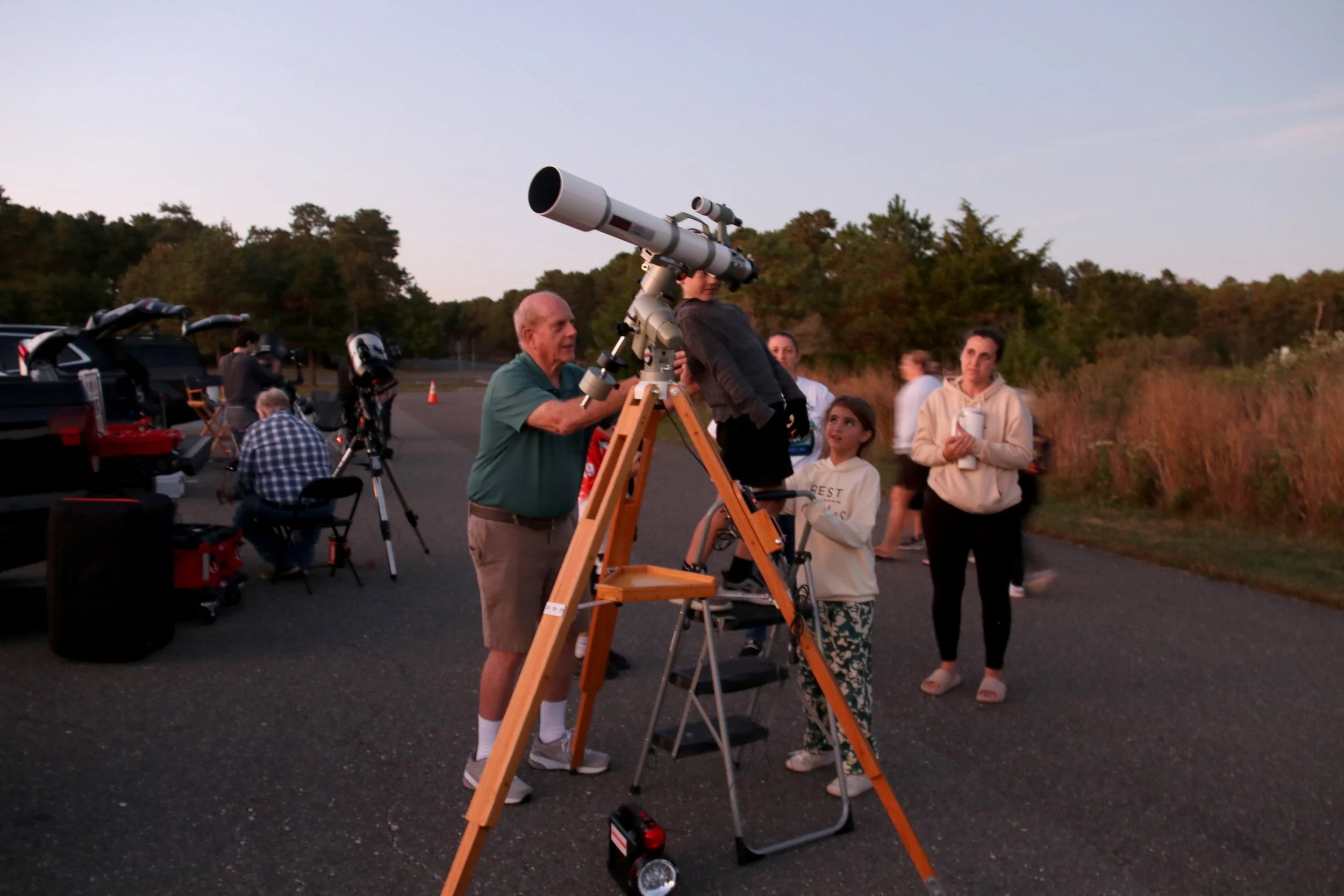
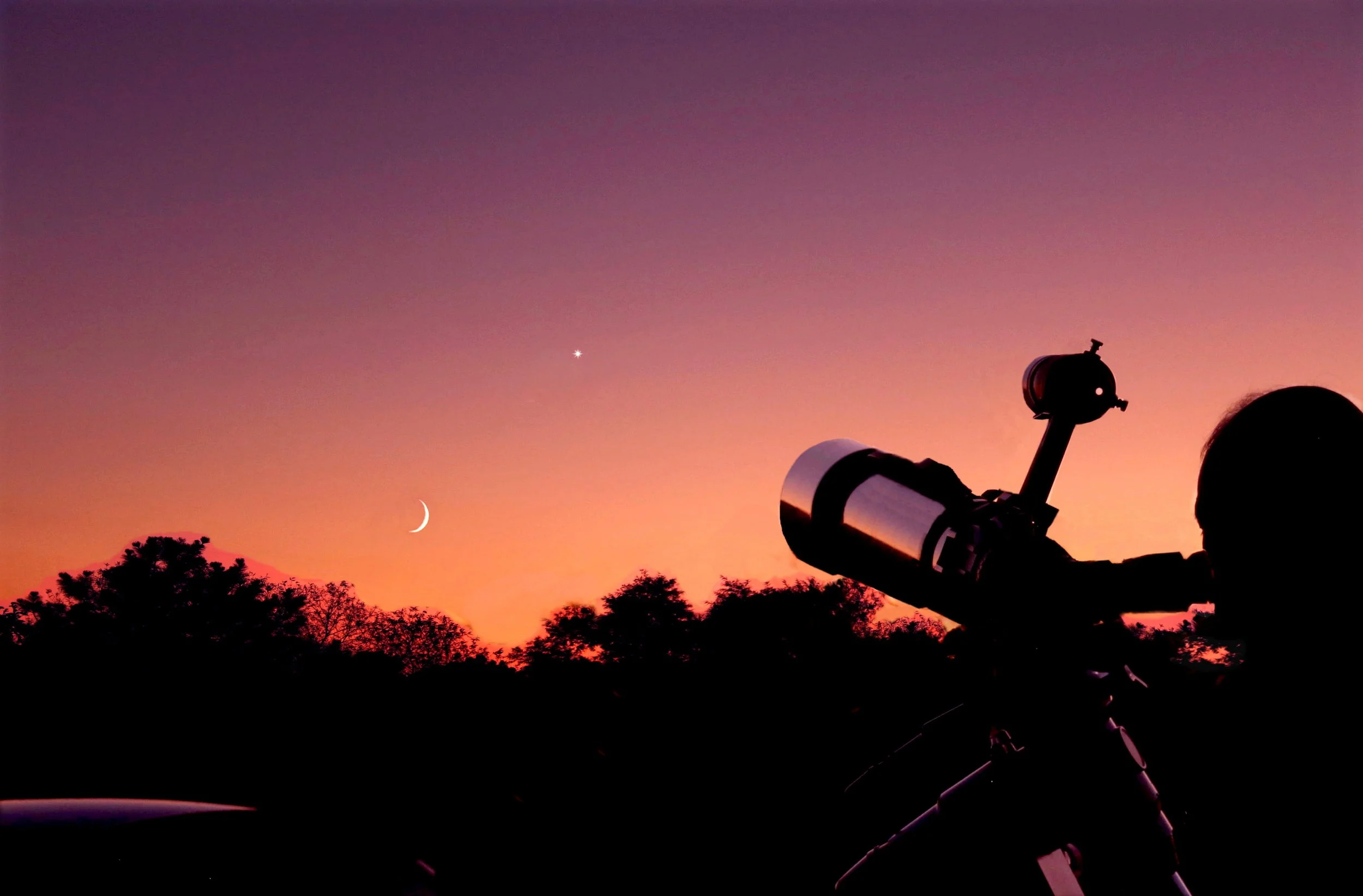
Additional Report
October was a busy month for astronomy with the solar activity producing some rare great aroha views for us here in New Jersey along with many days of Comet C/2023 A3 (Tsuchinshan–ATLAS)
House photos from Jim Webster and Comet close-up from Rosemarie Spedaliere and Wally.



October ASTRA Meeting Summary
For our October meeting, we had been invited into the planetarium dome for a presentation on the Clipper Mission. We would like the thank Cara and the rest of the planetarium staff for inviting us to this event. It is always a pleasure to be under the dome with you.
County Park Presentations
While not a park presentation, Jim Webster did provide a presentation to the Garden Club of Princeton. The presentation was a review of light pollution. About 20 members from the Garden Club were in attendance. They already followed up with their community leaders and was told I would be contacted again for additional follow-up.
Members Submitted Articles & Items
Whatever it is, how you tell your story online can make all the difference.
Contact: Jim Webster, ASTRA President and Webmaster, regarding submissions.
Yerkes Observatory - Starting Over … astronomy.com
Watch the 'Halloween comet' ATLAS burn up as it flies into the sun (video) … space.com
The Moon: Our Nearest Neighbor
Let’s explore some interesting features, facts, or myths about our nearest neighbor, the Moon. Without it, life on Earth would be totally different, if not at all.
Tyco Crater
October 24 is the reported anniversary of the death, in Prague of the Danish astronomer Tycho Brahe. Full name Tyge Ottensen Brahe, he was an eminent astronomer who played a vital role in the development of astronomical instruments and is perhaps best known for his precise and thorough astronomical and planetary observations, which were to influence future discoveries.
The 85 km diameter crater Tycho, located in the lunar southern highlands, is named in his honor. A relatively young crater, it is estimated to be 108 million years old.
The above brief article and images were from Brian Jones a self-employed Astronomy Writer.
Tycho seen by Lunar Reconnaissance Orbiter (rotate display if you see a crater illusion due to the atypical position of the light source). NASA
Coordinates43.31°S 11.36°W
Diameter85 km (53.4 miles)
Depth4.7 km (2.9 mi)
Colongitude12° at sunrise
EponymTycho Brahe
Outreach material below is distributed free for public outreach.
Around The Web
Dark Sky News
Dark Sky New Jersey is a joint venture of Dark Sky International Advocates and Delegates from New Jersey and the New Jersey chapter of the Sierra Club Dark Sky team. If there is an interest in helping, please let Jim Webster know.
DarkSky New Jersey now has a Facebook page.
State Bill A2196
The New Jersey State Lighting Bill is back with the New Jersey state assembly with some modifications that were made to the bill. For more information the link to the bill is available: https://www.njleg.state.nj.us/bill-search/2024/A2196
On the lighter side of astronomy …
For more go to NASA Jet Propulsion Laboratory webpage: What’s Up: Skywatching Tips From NASA
This article and images are distributed by NASA Night Sky Network
The Night Sky Network program supports astronomy clubs across the USA dedicated to astronomy outreach.
Visit nightsky.jpl.nasa.gov to find local clubs, events, and more!
November’s Night Sky Notes:
Snowballs from Space
By Kat Troche
If you spotted comet C/2023 A3 (Tsuchinshan-ATLAS) in person, or seen photos online this October, you might have been inspired to learn more about these visitors from the outer Solar System. Get ready for the next comet and find out how comets are connected to some of our favorite annual astronomy events.
Comet Composition
A comet is defined as an icy body that is small in size and can develop a ‘tail’ of gas as it approaches the Sun from the outer Solar System. The key traits of a comet are its nucleus, coma, and tail.
The nucleus of the comet is comprised of ice, gas, dust, and rock. This central structure can be up to 80 miles wide in some instances, as recorded by the Hubble Space Telescope in 2022 – large for a comet but too small to see with a telescope. As the comet reaches the inner Solar System, the ice from the nucleus starts to vaporize, converting into gas. The gas cloud that forms around the comet as it approaches the Sun is called the coma. This helps give the comet its glow. But beware: much like Icarus, sometimes these bodies don’t survive their journey around the Sun and can fall apart the closer it gets.
The most prominent feature is the tail of the comet. Under moderately dark skies, the brightest comets show a dust tail, pointed away from the Sun. When photographing comets, you can sometimes resolve the second tail, made of ionized gases that have been electronically charged by solar radiation. These ion tails can appear bluish, in comparison to the white color of the dust tail. The ion tail is also always pointed away from the Sun. In 2007, NASA’s STEREO mission captured images of C/2006 P1 McNaught and its dust tail, stretching over 100 million miles. Studies of those images revealed that solar wind influenced both the ion and dust tail, creating striations – bands – giving both tails a feather appearance in the night sky.
Comet McNaught over the Pacific Ocean. Image taken from Paranal Observatory in January 2007.
Credits: ESO/Sebastian Deiries
Coming and Going
Comets appear from beyond Uranus, in the Kuiper Belt, and may even come from as far as the Oort Cloud. These visitors can be short-period comets like Halley’s Comet, returning every 76 years. This may seem long to us, but long-period comets like Comet Hale-Bopp, observed from 1996-1997 won’t return to the inner Solar System until the year 4385. Other types include non-periodic comets like NEOWISE, which only pass through our Solar System once.
But our experiences of these comets are not limited to the occasional fluffy snowball. As comets orbit the Sun, they can leave a trail of rocky debris in its orbital path. When Earth finds itself passing through one of these debris fields, we experience meteor showers! The most well- known of these is the Perseid meteor shower, caused by Comet 109P/Swift-Tuttle. While this meteor shower happens every August in the northern hemisphere, we won’t see Comet Swift-Tuttle again until the year 2126.
A view of the 2023 Perseid meteor shower from the southernmost part of Sequoia National Forest, near Piute Peak. Debris from comet Swift-Tuttle creates the Perseids. Credit: NASA/Preston Dyches
See how many comets (and asteroids!) have been discovered on NASA’s Comets page, learn how you can cook up a comet, and check out our mid-month article where we’ll provide tips on how to take astrophotos with your smartphone!
Let’s Explore Space - What’s in the Sky November 2024
More on the Helix Nebula
NGC 7293 - Helix Nebula
The Helix Nebula is a planetary nebula located in the constellation Aquarius. Discovered by Karl Ludwig Harding, most likely before 1824, this object is one of the closest of all the bright planetary nebulae to Earth. The distance, measured by the Gaia mission, is 655±13 light-years. Wikipedia
Radius: 2.87 light years
Coordinates: RA 22h 29m 39s | Dec -20° 50′ 14″
Magnitude: 7.6
Distance to Earth: 694.7 light-years
Age: 10,610 years
Number: NGC 7293
Apparent dimensions (V): 25′
NGC 7293 is a large and well-known planetary nebula located in the faint zodiac constellation of Aquarius. Also known as Caldwell 63, it's one of the nearest objects of its type and a beautiful example of a remnant of a dying star. It contains a double ring structure, not unlike two coils of a spring, hence the popular name the Helix Nebula.
When viewed through a pair of 10x50 binoculars, the Helix appears as a faint featureless oval shaped disk. A 100mm (4-inch) telescope reveals finer structural details. Through a 200mm (8-inch) reflector it appears slightly oval with two thick arcs, gaps and brightness variations across the structure. A nebula filter of the UHC (Ultra High Contrast) or OIII (Oxygen III) variety, especially when combined with averted vision, helps to bring out subtle details. However, it's an elusive object that can be rendered invisible even in medium-sized amateur telescopes with just a small amount of light pollution. The central star of the Helix Nebula shines at magnitude +13.4, and therefore only easily seen in large amateur reflectors.
More on the Helix Nebula
This image was recently taken by Jim Webster and the Unistellar Odyssey Telescope.
The linked audio clip is from science.nasa.gov. It is the sonification of the Helix Nebula which sounds like something you would expect of a horror movie and Halloween.
The sonification, scans from left to right, red light is assigned lower pitches, and blue light is assigned higher pitches. Just as the frequencies of light increase from red to blue, frequencies of sound increase from low to high pitches.
For more on Sonification, image data that is converted to sound, visit the full NASA article at science.nasa.gov
Tonight’s Sky: November
In November, hunt for the fainter constellations of fall, including Pisces, Aries, and Triangulum. They will guide you to find several galaxies and a pair of white stars. Stay tuned for space-based views of spiral galaxy M74 and the Triangulum Galaxy, which are shown in visible, infrared, and ultraviolet light.
Visit the STScI which produces Hubblesite.org video overviews for Tonight’s Sky.
They can be found both on Facebook and stsci.edu.
Submissions Welcome
Members are invited to submit articles, photos, news, or stories for inclusion with Astral Projections Online. Please contact the ASTRA Webmaster.



